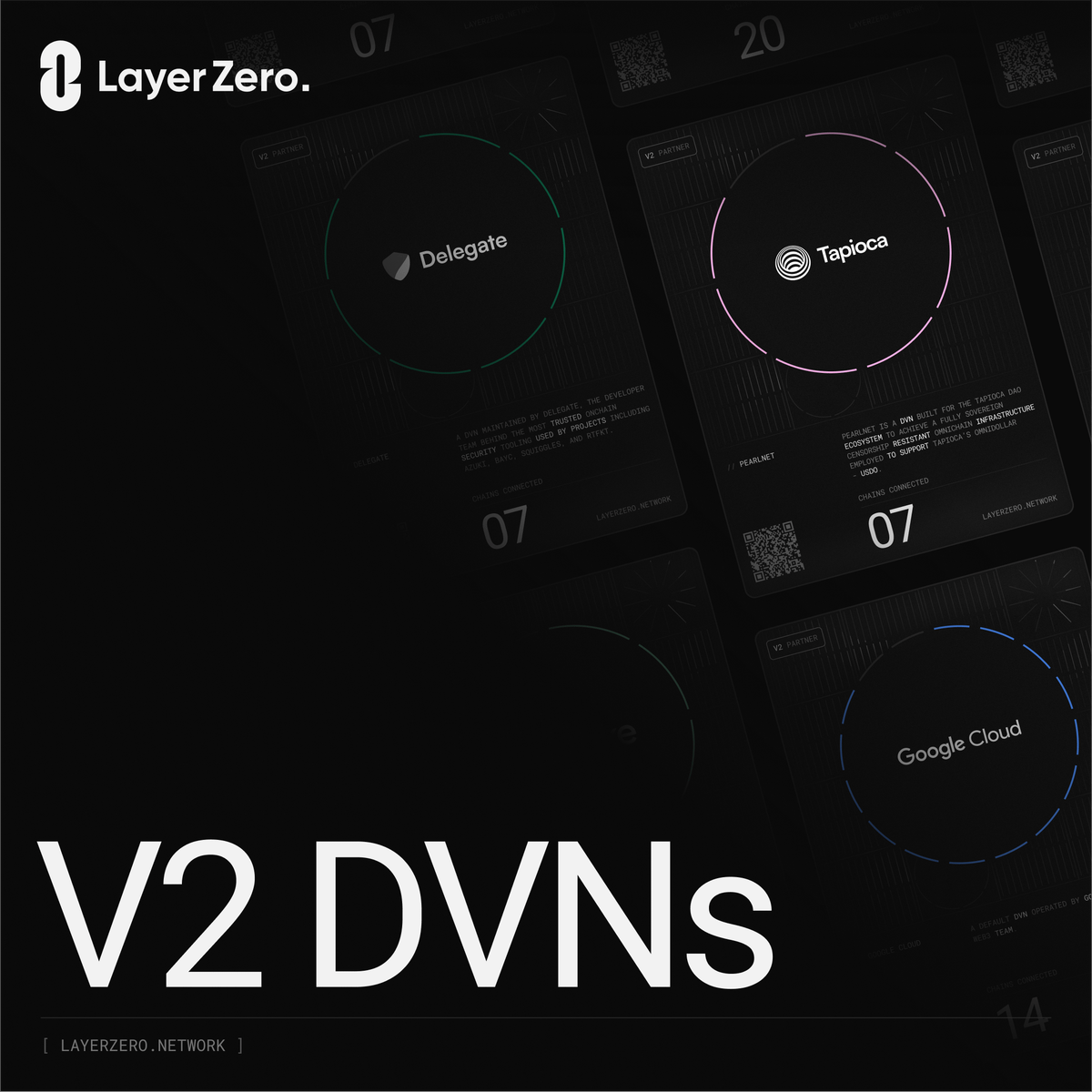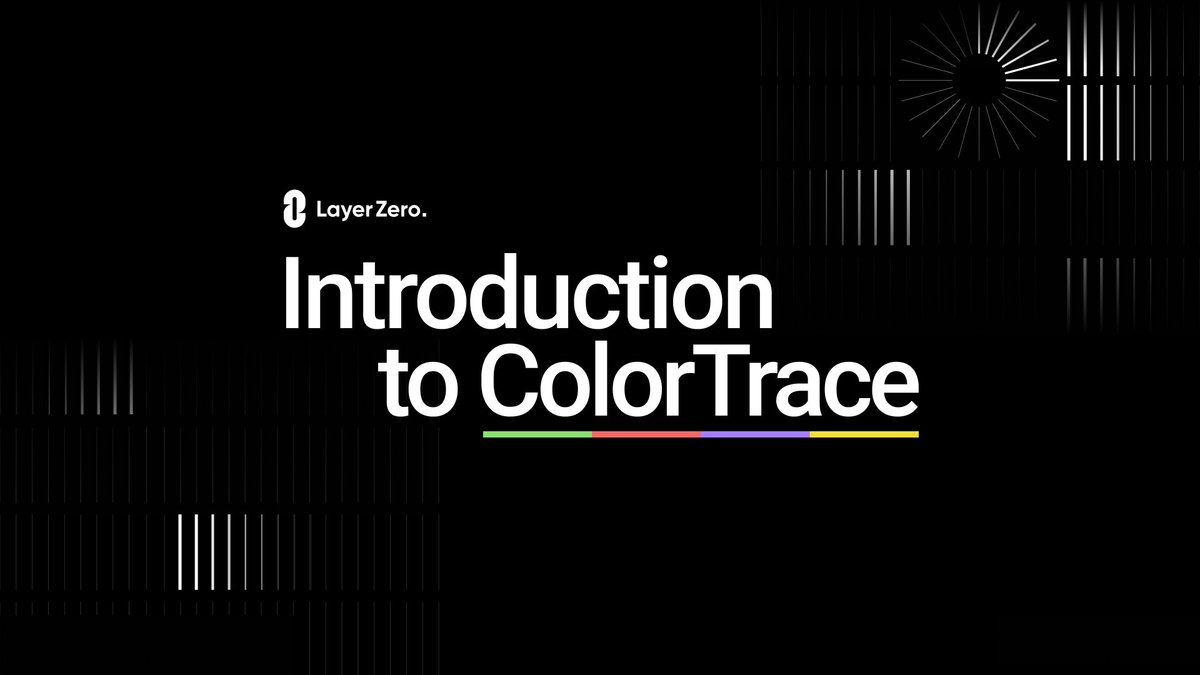EVM is not slow. We have achieved over 1 million TPS on a single node while still Merkleizing every block.
Introducing FAFO
Introducing FAFO

Fast Ahead-of-Formation Optimization (FAFO) is a scheduler that enables high throughput for chains by reordering transactions before block formation.
▪ Over 1 Million Merkleized EVM-Compatible Transactions/Second
▪ 91% Cheaper Than Sharded Execution
▪ Open Source
To evaluate scalability in an Ethereum-like environment, we benchmark FAFO on native ETH transfers and ERC20 transfers. Transactions are scheduled by FAFO, executed in REVM, with storage and merkleization handled by QMDB.
FAFO achieves near-linear scaling across cores and sustains one million TPS while maintaining state verifiability. FAFO also scales vertically on a single machine. This enables FAFO to achieve more than 1M TPS 91% cheaper than state-of-the-art sharding approaches.
Whitepaper: layerzero.network/publications/F…
FAFO is open-sourced at github.com/LayerZero-Labs…
Website: layerzero.network/research/fafo
▪ Over 1 Million Merkleized EVM-Compatible Transactions/Second
▪ 91% Cheaper Than Sharded Execution
▪ Open Source
To evaluate scalability in an Ethereum-like environment, we benchmark FAFO on native ETH transfers and ERC20 transfers. Transactions are scheduled by FAFO, executed in REVM, with storage and merkleization handled by QMDB.
FAFO achieves near-linear scaling across cores and sustains one million TPS while maintaining state verifiability. FAFO also scales vertically on a single machine. This enables FAFO to achieve more than 1M TPS 91% cheaper than state-of-the-art sharding approaches.
Whitepaper: layerzero.network/publications/F…
FAFO is open-sourced at github.com/LayerZero-Labs…
Website: layerzero.network/research/fafo

• • •
Missing some Tweet in this thread? You can try to
force a refresh










